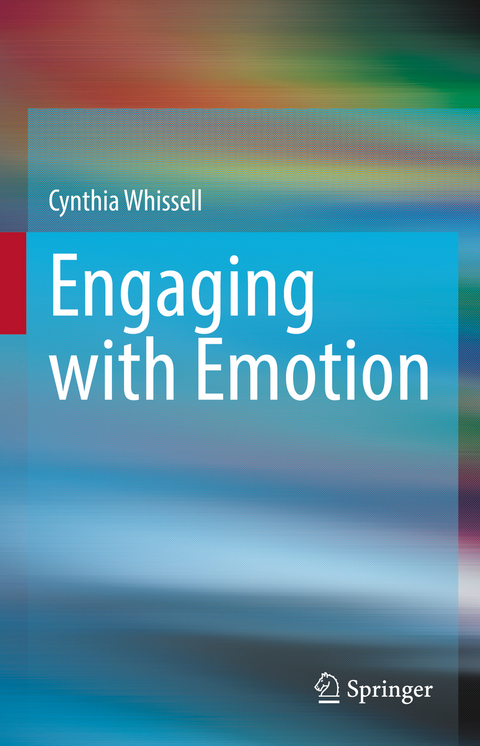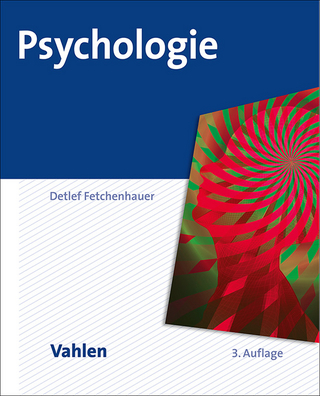
Engaging with Emotion
Springer International Publishing (Verlag)
978-3-031-21397-7 (ISBN)
This work informs by encouraging the reader to interact with the text itself and with the literature in the area. It is a learning tool rather than an encyclopaedic presentation of its topic. The writing style is personal, direct and accessible. Citations are employed, but always for specific purposes. Cited materials are made accessible whenever possible by the provision of URLs.
Readers learn about emotion and its relationship to brain, body, cognition, memory, and appraisal. They are also introduced to the role of emotion in language and in the fine arts.
Readers of Engaging with Emotion will likely be students within the first two years of university or college taking a related course, or those who are interested in learning more about emotion. This book is ideal for adaptation to an online course format as it includes exercises and learning guides. The book uses straightforward and helpful language and examples to avoid frustrating or confusing students, but instead to keep them actively involved with the material in the book, and to help motivated learners learn.
Cynthia Whissell is an Emeritus Professor (Liberal Arts/Psychology) at Laurentian University in Sudbury, Ontario, who is currently teaching part-time. She has been teaching at the University level since 1968, and became interested in emotion in the 1980s. Her research has two main prongs that focus on the quantification of emotion: one addresses the emotional underpinnings of words and another the emotional communication in sounds. The hypothesis underlying these two types of research is that what we say (or what we write) carries emotional as well as cognitive messages, and that the emotional dimensions of Pleasantness and Activation can be used to read the emotional messages. Cynthia has published two books and many research articles, most of these in the area of emotion. She has taught a course in emotion regularly since the mid-1980s. She has also taught emotion online (at a distance). Her second area of interest lies in research design and statistical analysis.
Chapter 1. Introduction.- Chapter 2. Defining Emotion.- Chapter 3. Emotion and Evolution.- Chapter 4. Emotion and Development.- Chapter 5. Emotion and the Body.- Chapter 6. Emotion and the Face.- Chapter 7. Emotion and the Brain.- Chapter 8. Emotion and the Memory.- Chapter 9. Emotion and Cognition .- Chapter 10. Emotion and Psychopathology.- Chapter 11. Emotion and Psychotherapy.- Chapter 12. Emotion and Measurement.- Chapter 13. Emotion in the Fine Arts.- Chapter 14. Emotion and Romantic Love.- Chapter 15. Conclusion.
| Erscheinungsdatum | 05.01.2023 |
|---|---|
| Zusatzinfo | XXIV, 255 p. 49 illus., 31 illus. in color. |
| Verlagsort | Cham |
| Sprache | englisch |
| Maße | 155 x 235 mm |
| Gewicht | 535 g |
| Themenwelt | Geisteswissenschaften ► Psychologie ► Allgemeine Psychologie |
| Geisteswissenschaften ► Psychologie ► Pädagogische Psychologie | |
| Geisteswissenschaften ► Psychologie ► Verhaltenstherapie | |
| Schlagworte | Definition of emotion • Emotion and language • Emotion and psychopathology • Emotion and the arts • Emotion, brain, and body |
| ISBN-10 | 3-031-21397-1 / 3031213971 |
| ISBN-13 | 978-3-031-21397-7 / 9783031213977 |
| Zustand | Neuware |
| Informationen gemäß Produktsicherheitsverordnung (GPSR) | |
| Haben Sie eine Frage zum Produkt? |
aus dem Bereich


